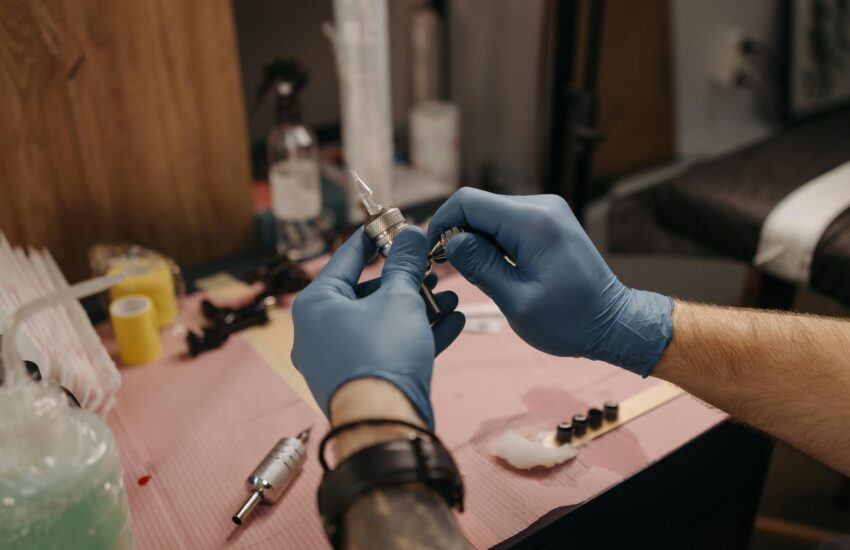Hamster Safety Tips
Understanding Hamster Safety
Ensuring the safety of your hamster is crucial for its health and well-being. Hamsters are small creatures that require a secure environment to thrive. From choosing the right cage to providing appropriate bedding materials, there are many factors to consider. Proper hamster safety involves knowledge about these small pets and what they need to lead a happy and healthy life. Below are essential tips to keep your furry friend safe.
Choosing the Right Cage
The first step in ensuring hamster safety is selecting the appropriate cage. A good cage provides ample space and ventilation for your hamster. Look for one that is at least 24 inches long and 12 inches wide, as hamsters are active little creatures. The cage should have horizontal bars for climbing and a solid bottom to prevent injuries. Make sure that bar spacing is narrow enough to prevent escapes and keep your hamster safe. Additionally, opt for a cage that is easy to clean, as regular cleaning helps prevent health issues.

Safe Bedding Options
Bedding is another critical factor in hamster safety. Avoid cedar or pine shavings, as they can be harmful to their respiratory systems. Instead, choose aspen shavings, paper-based bedding, or commercially available bedding made specifically for small pets. These options are soft, absorbent, and safe for your hamster to burrow in. Remember to change the bedding regularly (at least once a week) to maintain a clean living environment and keep your hamster healthy.
Creating a Safe Environment
Once you have the right cage and bedding, the next step is to create a safe environment. This includes the placement of the cage and the items within it. It’s vital to keep the cage in a quiet area away from direct sunlight and drafts. Additionally, make sure to hamster-proof the surroundings if they will be allowed to roam outside their cage.
Hamster-Proofing Your Home
Before letting your hamster explore out of its cage, it is essential to hamster-proof the area. This involves removing any hazardous items that could harm them. Electrical cords, small objects that could be swallowed, and poisonous plants should all be out of reach. Additionally, ensure that any small spaces where your hamster could get stuck are blocked off. By creating a safe exploration space, you allow your hamster to enjoy their curiosity without the risk of danger.

Providing Safe Toys
Hamsters are naturally curious and need stimulation to stay happy. However, not all toys are safe for them. Avoid toys made of treated wood, plastic that can be chewed off and ingested, or anything with sharp edges. Instead, choose toys made from untreated wood or safe plastic. Exercise wheels should have a solid surface and be the appropriate size for your hamster. Regularly inspect toys for wear and tear, as damaged toys can pose a safety risk.
Health and Nutrition Safety
Hamster safety doesn’t only involve their immediate environment; their health and nutrition are equally important. Providing a balanced diet and monitoring their health can significantly enhance their overall safety and happiness.
Nutrition and Food Safety
Feeding your hamster a balanced diet is vital for its health. Commercial hamster food is available, but fresh fruits and vegetables can be included in moderation. However, be cautious as some foods can be harmful. Avoid citrus fruits, onions, and garlic. Always research before introducing new foods to ensure they are safe for your furry friend. Additionally, provide fresh water daily in a bottle or bowl to ensure proper hydration.

Regular Veterinary Care
Regular check-ups with a veterinarian who specializes in small animals can catch potential health issues before they become serious. Look for signs of illness such as loss of appetite, lethargy, or changes in stool. Catching these signs early can prevent more significant health problems and ensure your hamster lives a long, safe life. Vaccinations and parasite control may also be recommended by your vet.
Conclusion
In conclusion, hamster safety is a multifaceted responsibility that involves providing a proper living environment, ensuring nutritional health, and offering safe toys. By understanding your hamster’s needs and creating a secure environment, you can help your furry friend thrive. Remember, a happy hamster is a safe hamster. Implement these hamster safety tips today to enjoy a fulfilling relationship with your pet.
FAQ
1. What kind of bedding is best for my hamster?
The best bedding for your hamster is aspen shavings or paper-based bedding. Avoid cedar or pine shavings, as these can harm their respiratory health. Ensure that you replace the bedding frequently to maintain a clean habitat for your hamster.
2. How should I exercise my hamster safely?
Provide your hamster with a secure exercise wheel that has a solid surface, and allow it to explore in a safe, hamster-proofed area. Ensure no hazards are present in the environment where they exercise, and supervise them to prevent accidents.
3. Can I let my hamster roam outside?
Yes, but only in a controlled environment. Ensure that the area is completely safe and free from any hazards. Supervise your hamster closely to prevent escapes and potential dangers such as predators.
4. How can I tell if my hamster is sick?
Look for signs such as loss of appetite, lethargy, difficulty breathing, or changes in their fur or droppings. If you notice any of these signs, consult a veterinarian for an assessment.
5. What foods should I avoid giving to my hamster?
Avoid feeding your hamster citrus fruits, onions, garlic, and any sugary or fatty foods. Stick to a balanced diet of commercial hamster food, fresh vegetables, and fruits suitable for hamsters in moderation.
